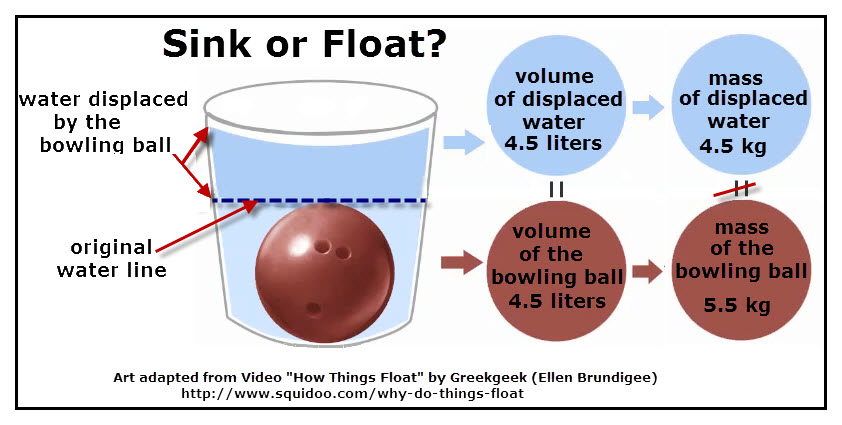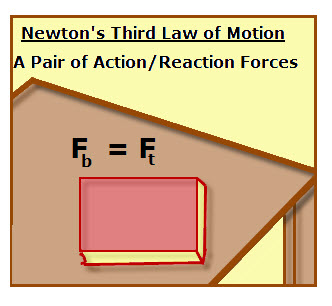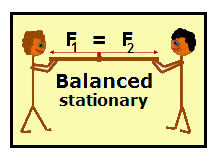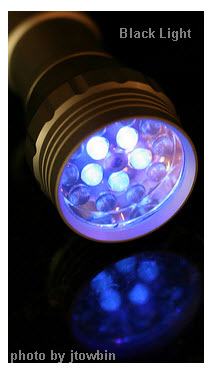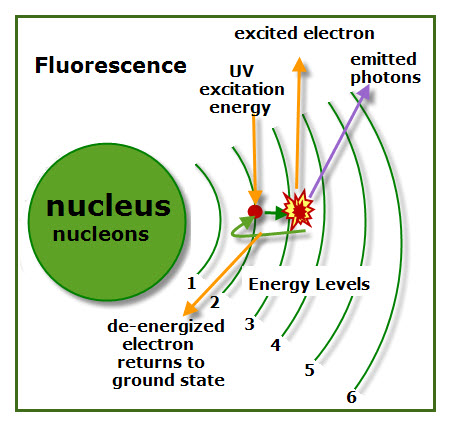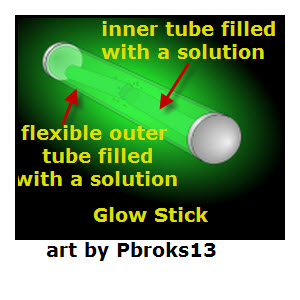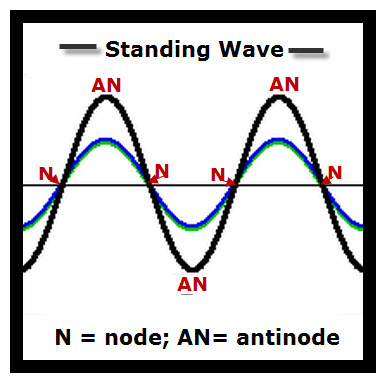Identify the Motions that Represent Newton’s Laws of Motion The video below will make you laugh. It is a series bloopers made by Bill Dance a famous fisherman. It is definitely a video about motion and every one of Newton’s Three Laws of Motion are repeatedly represented. Kids can watch the video looking for examples […]
What is a Projectile?
Projectiles Have Two Basic Characteristics: 1. Projectiles are launched into the atmosphere or space. This means that projectiles objects that are hurled, pitched, tossed, thrown, or propelled in some way but do not have any device that keeps them moving, such as an engine. Instead, projectile, as described by Newton’s First Law of Motion, […]
Floating
Why Do Some Heavy Objects Float and Other Heavy Objects Sink? New Terms buoyancy buoyant force density displacement fluid volume Whether an object sinks or floats in a fluid (liquid or gas), depends on several variables: 1. The density of the object in a fluid. (Density is the ratio of the object’s mass […]
Newton’s Third Law of Motion
Newton’s Third Law of Motion describes the characteristics of a pair of action/reaction forces: 1. The two forces are equal in magnitude. 2. The two forces push or pull in opposite directions. 3. The two force act on different object. The force of one object is acting on a second object and vise-versa. 4. The […]
Newton’s First Law of Motion
Newton’s First Law Describes Inertia What is Inertia? Inertia is the resistance of an object with balanced forces acting on it to change its state of motion. In the diagram to the right, the stick figures are pulling with equal force in opposite directions on a rope. The forces acting on the rope are balanced, […]
Electromagnetic Radiation: UV Light
What is Electromagnetic Radiation? Electromagnetic radiation is a type of energy that has wave-like behavior and can move through space. Electromagnetic radiation is also called electromagnetic energy and can be called light energy. I suggest that young children learn that some light energy is not visible. In fact, only one type of light energy is […]
Fluorescence vs. Phosphorescence
How Do Fluorescence and Phosphorescence Differ? Fluorescence is a type of luminescence that emits visible light as long as there is a supply of excitation energy. In the fluorescence diagram, the excited electron jumps from level 2 (its ground state) to level 3. Atomic Energy Levels can be compared to stair steps. It take more […]
Luminescence vs. Incandescence
Cold Light vs. Hot Light Luminescence is “COLD LIGHT.”Cold light is light that usually occurs at low temperatures. Luminescence can be produced in many different ways. Follow are just a few examples: chemical reactions: One example is a Glow Stick. A glow stick contains two solutions. The stick is a flexible tube. Inside this tube […]
Phosphors
Phosphors that are Phosphorescent vs. Phosphors that are Fluorescent A phosphor is a chemical substance that when energized with certain types of light energy emits visible light. Some phosphors can be energized with visible light, but all phosphors can be energized with ultraviolet rays (a.k.a. ultraviolet radiation or ultraviolet light). NOTE: Phosphors may or may […]
Standing Wave
What Is A Standing Wave? A standing wave is the pattern produced in a medium as the result of the repeated interference of two identical waves moving in opposite directions through the medium. All standing wave patterns have nodes and antinodes. The nodes are points of no displacement caused by the destructive interference of the […]
- « Previous Page
- 1
- 2
- 3
- 4
- 5
- 6
- …
- 16
- Next Page »


